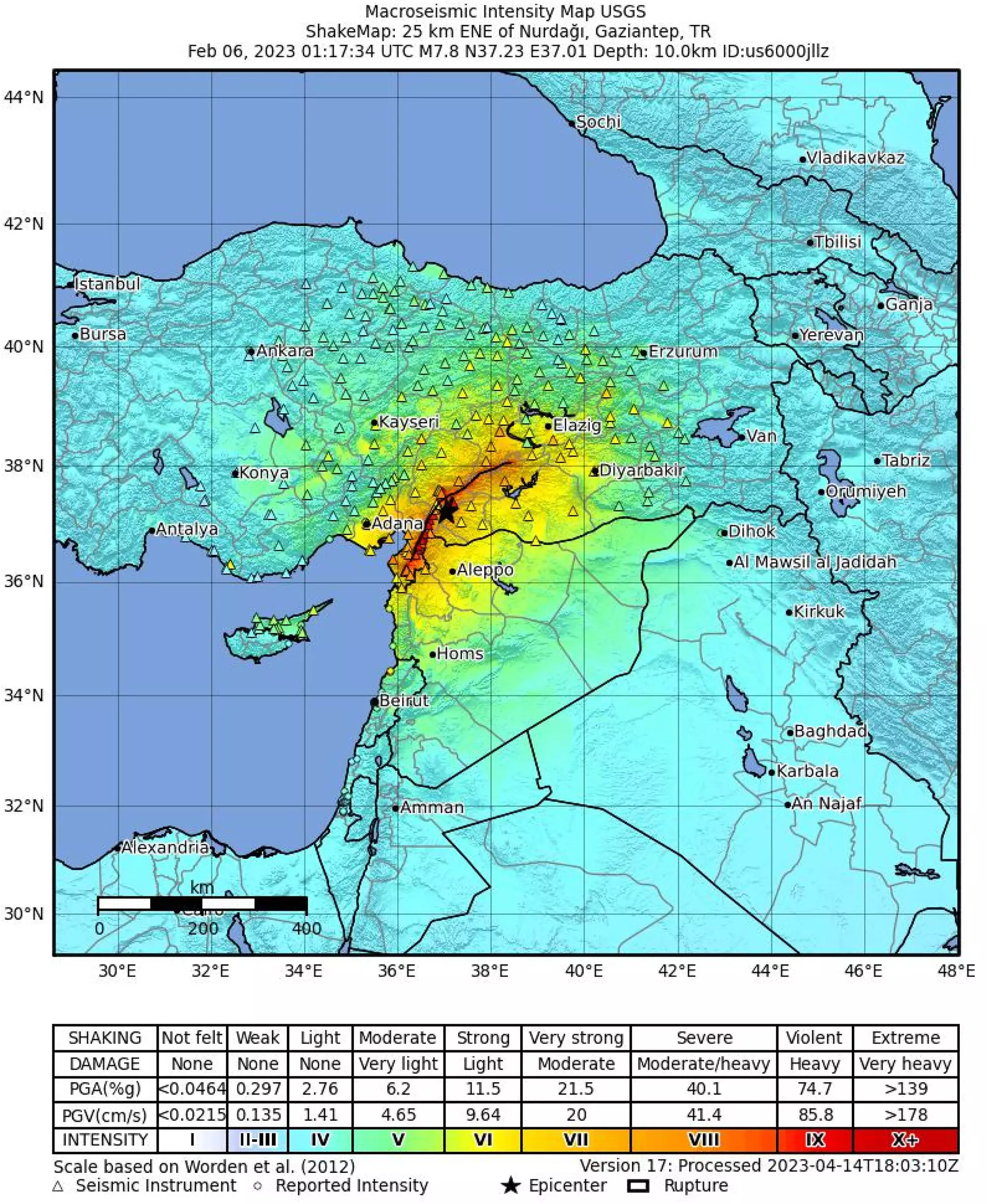The notion that earthquakes can reveal their impending occurrence well in advance through various anomalies present in the ground, atmosphere, and ionosphere has sparked interest among researchers. According to a recent study published in the Journal of Applied Geodesy, the development of early warning systems for earthquakes could potentially save lives and prevent significant damage. By utilizing satellites to monitor physical and chemical parameters across different layers of the Earth’s system, researchers have been able to detect anomalies known as earthquake precursors.
One of the proposed techniques in earthquake prediction involves the analysis of satellite data to identify abnormalities within the Earth’s terrain, atmospheric conditions, and the ionosphere. These anomalies, referred to as red flags, can serve as warning signs of an impending earthquake. Despite the challenges associated with the complexity and variability of precursor interactions in different seismic events and geographical locations, researchers have made significant progress in recognizing patterns through advanced satellite technology.
Professor Mehdi Akhoondzadeh from the University of Tehran conducted a study analyzing satellite data before and after two earthquakes near the Turkey-Syria border in February 2023. By examining information from satellites such as the Chinese seismo-electromagnetic satellite, CSES-01, and the European Space Agency’s Swarm mission, Professor Akhoondzadeh observed anomalies in land surface temperature up to 19 days before the earthquakes and anomalies in atmospheric parameters up to 10 days before the seismic events.
Among the fascinating findings of the study were anomalies detected in the ionosphere’s electron density and electron temperature, ranging from 1 to 5 days before the earthquakes. This sequence of anomalies, progressing from the ground to the atmosphere and eventually the ionosphere, suggests a potential mechanism through which earthquake signals propagate across different layers of the Earth’s system. The discovery of these anomalies opens up exciting possibilities for the development of earthquake early warning systems.
The study conducted by Professor Akhoondzadeh demonstrates the power of satellite technology in uncovering crucial insights into earthquake precursors. By analyzing satellite data, researchers can gain a better understanding of the patterns and signals associated with impending seismic events. The detection of anomalies in the ionosphere before the Turkey earthquakes in February 2023 marks a significant milestone in earthquake prediction research. Moving forward, continued research and analysis of satellite data will be essential in enhancing our ability to predict and prepare for earthquakes effectively.


Leave a Reply